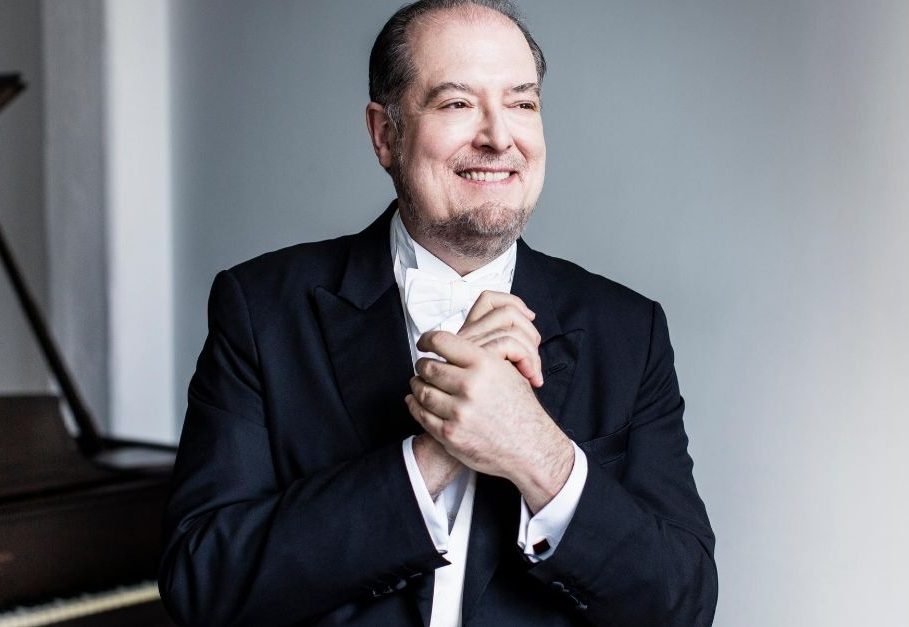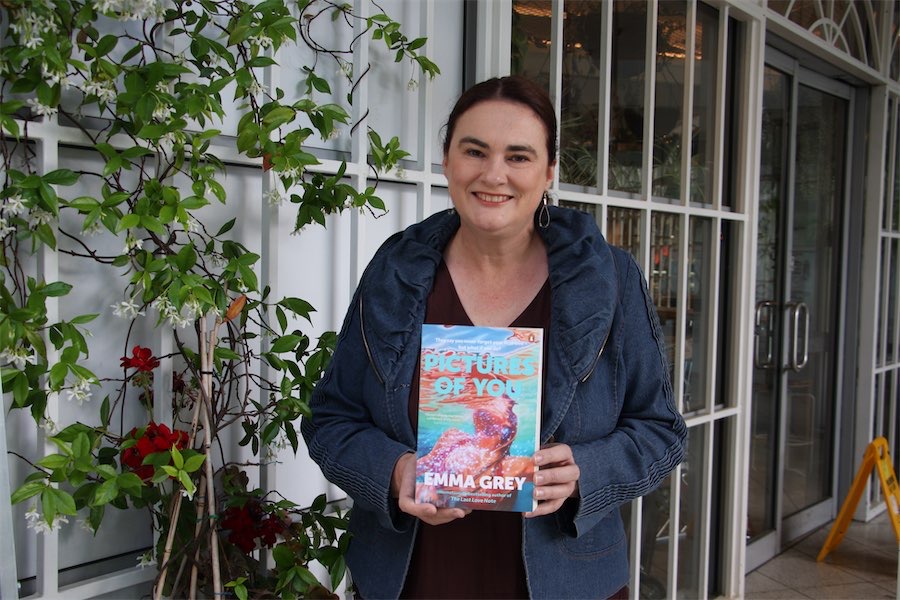
Music / Garrick Ohlsson, Musica Viva Australia. At Llewellyn Hall, June 15. Reviewed by ROB KENNEDY.
LIKE few others, Garrick Ohlsson owns the piano. Since winning the 1970 Chopin International Piano Competition, Ohlsson has been at the top of the classical music world.
As a pianist myself, I know what it takes to perform any of the best piano repertoire. The dedication required to play the piano for audiences across the world is immense. So much so that it’s not just a vocation, it is a lifestyle.
Ohlsson opened with Schubert’s, “Impromptu in C minor”, Op. 90, No. 1. This 10-minute work has one of the most unconventional beginnings of his piano repertoire. It starts with a crashing chord and then calmly wanders around the keyboard with a pensive melody played as a line of single notes, like something written for solo flute, before it’s repeated with its harmony in the left hand.
Without sheet music for all but one piece in this concert, Ohlsson showed he has a big musical brain that holds an extensive repertoire. The extraordinary delicate placement of his dynamic was revealed in his completely linear chordal diminuendos and crescendos. His legato was equally impressive. It was silky smooth.
The immense Liszt “Piano Sonata in B minor”, S.178, is something that any pianist attempting it needs to compose themself for. This was evident when he left the stage after the first piece. After a few minutes, it began. The dark opening makes a dramatic statement before a rush of passionate notes escapes from the keyboard. It’s a show, a carnival of music that firstly entertains, then amazes through its technical requirements; this is flamboyant writing and astonishing playing.
Seemingly, for Ohlsson, this is just another work. But when his playing skills hits the ears, it’s a world of passionate and philosophical sounds. For 30 minutes, this work was a concentration of some of the finest playing I have ever heard.
After the interval, the Musica Viva commissioned work titled “Convocations”, by Tasmanian composer Thomas Mission. Ohlsson said the composer has created a work that uses all the resources of the piano. It began with single notes that formed a phrase, and like the Schubert piece, the left-hand harmony soon joined in. While not atonal, its key centre was hard to pick.
Its wondering pensive nature seemed to lack a purpose. It needed thematic material; it was sound without saying much. Parts were pianistically dynamic, reflecting Liszt, but not in a good way.
The rest of the evening was an all-Scriabin affair. Five pieces, played without sheet music. Three “Études” and two “Poems”. None of these is easy, as Ohlsson said, but they are all influenced by other composers with a particular idiosyncratic design. Hearing Ohlsson play these works gave each a life of their own.
The final work, “Piano Sonata”, No. 5, Op. 53, was a showstopper. It breathes fire and introspection. This amazingly intricate piece of high entertainment flowed as if it were performed by the composer.
Just to outdo himself, Ohlsson encored with Chopin’s “Nocturne in D flat Major”, Op. 27, No. 2.
Who can be trusted?
In a world of spin and confusion, there’s never been a more important time to support independent journalism in Canberra.
If you trust our work online and want to enforce the power of independent voices, I invite you to make a small contribution.
Every dollar of support is invested back into our journalism to help keep citynews.com.au strong and free.
Thank you,
Ian Meikle, editor




Leave a Reply